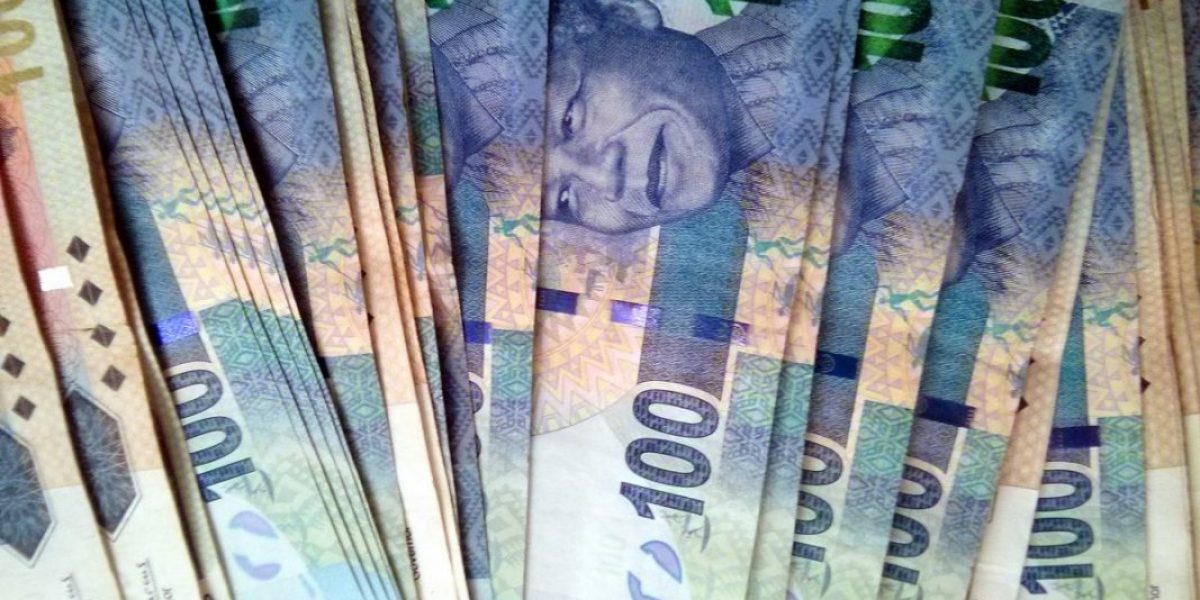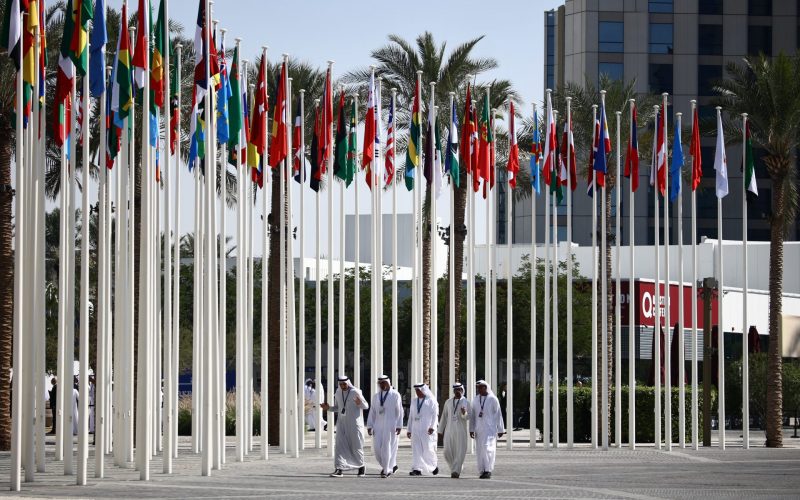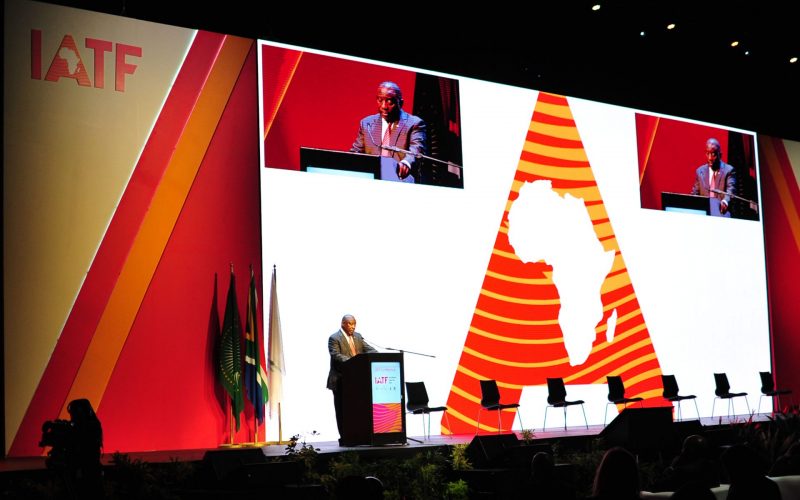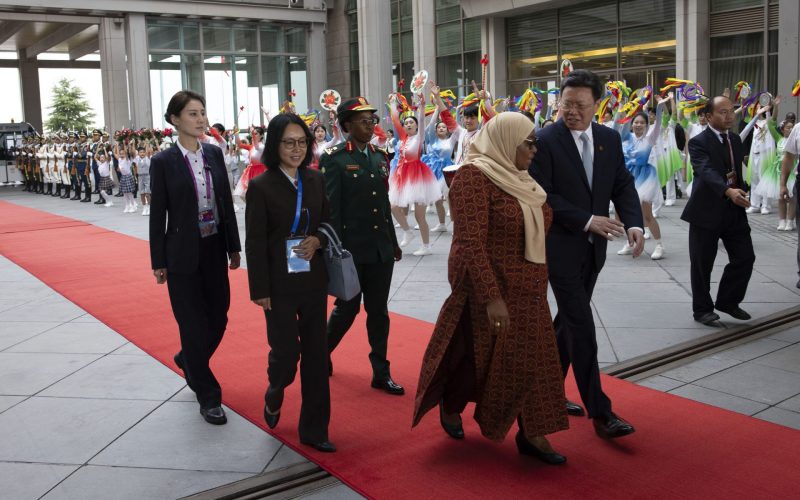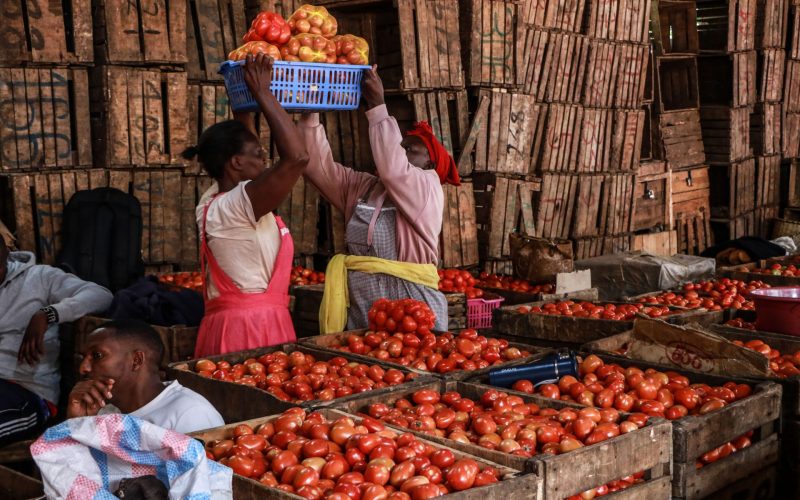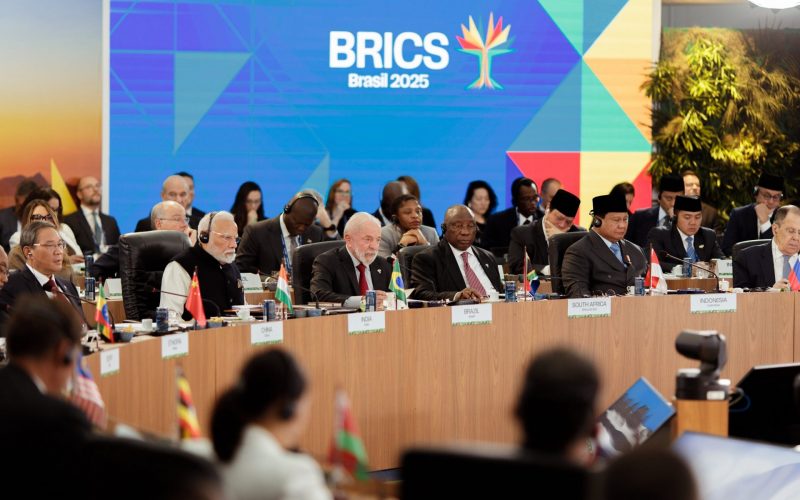On the trade and industrial policy fronts a substantial reorientation of policy has been under way for some time – a process accelerated by the financial crisis and associated policy responses in developed countries. The debate on the exchange rate is relatively new and its linkages to trade and industrial policies not well understood. Accordingly, the South African Institute of International Affairs and the Mail & Guardian newspaper convened a one-day Critical Thinking Forum to consider these matters, specifically the interlinkages among these three policy issues. Overall, a consensus emerged that tinkering with the exchange rate with a view to boosting export competitiveness is not the silver bullet that some protagonists believe it to be. Rather, microeconomic reforms to address underlying structural lack of competitiveness and bottlenecks in key network services are central to promoting longer-term international competitiveness, exports and job creation. In this regard, concerns were raised that the reorientation of trade and industrial policies may not promote this microeconomic reform agenda, particularly if a more protectionist policy stance ensues. In this context, acting to undervalue the exchange rate would create more distortions and over time undermine the very competitiveness such policies are intended to promote. Therefore, forum participants were in agreement that for any exchange rate intervention to succeed and be sustainable, it had to be preceded by and underpinned with a comprehensive microeconomic reform agenda.

